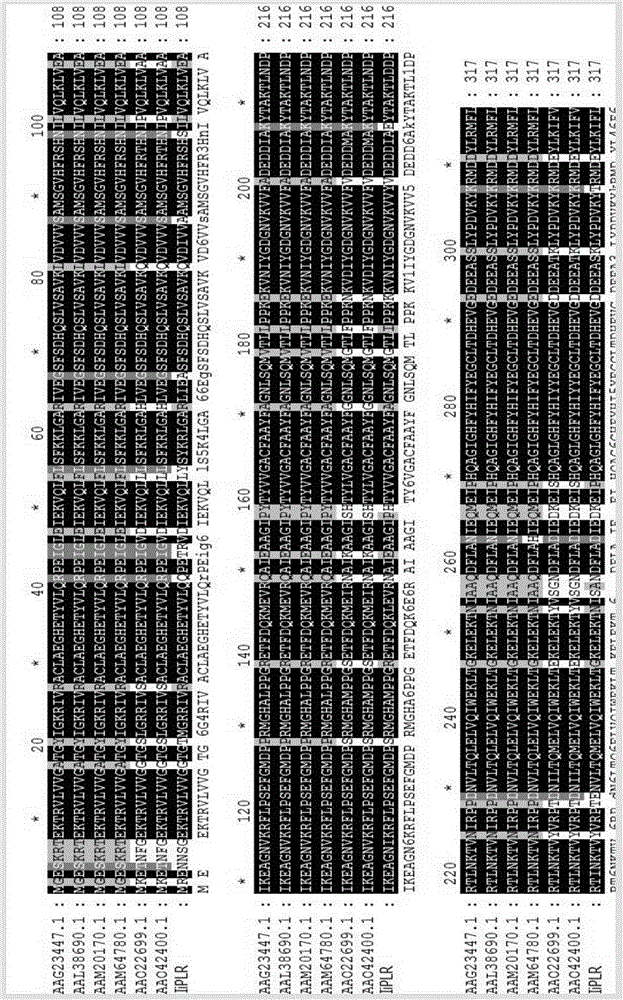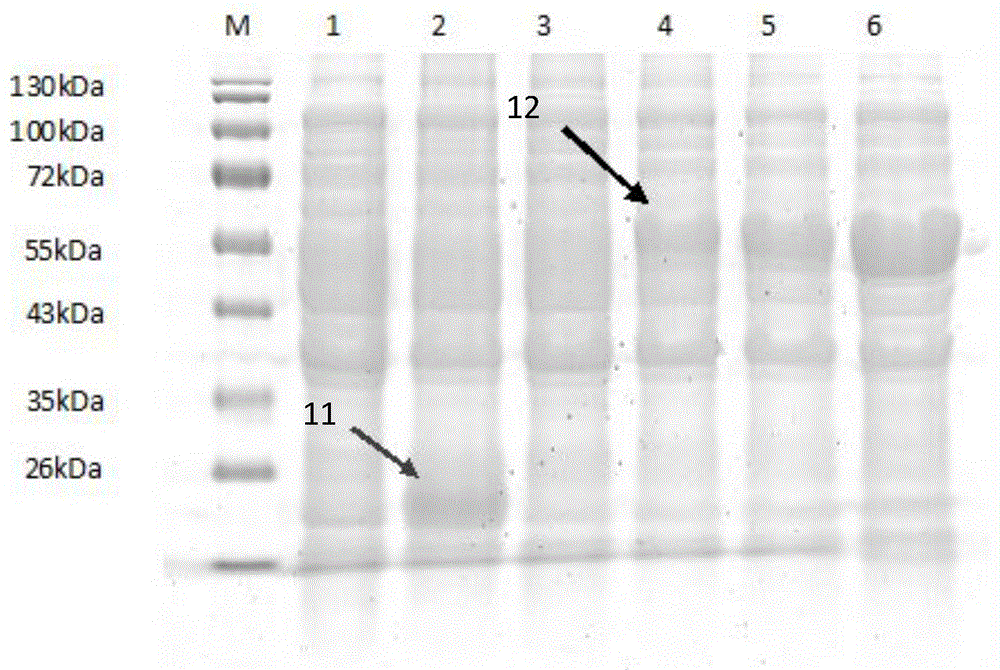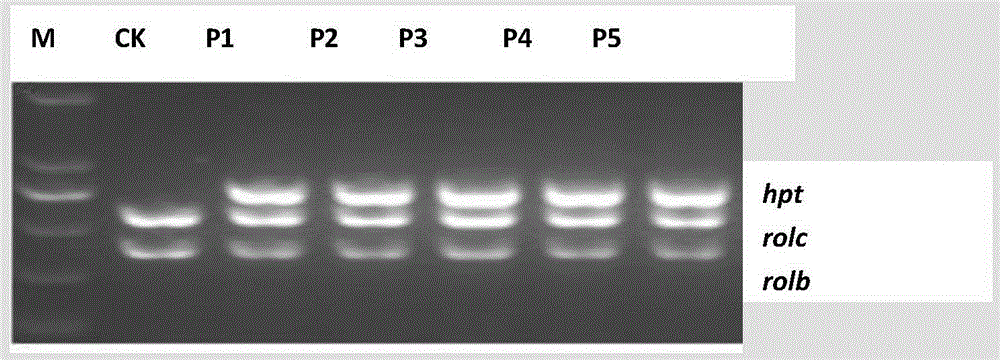Coding sequences and applications of isatis indigotica fortune pinoresinol reductase protein
A pinoresinol and reductase technology, applied in the directions of oxidoreductase, application, introduction of foreign genetic material using a carrier, etc., can solve the problem of undiscovered isatis pinol reductase protein and other problems
- Summary
- Abstract
- Description
- Claims
- Application Information
AI Technical Summary
Problems solved by technology
Method used
Image
Examples
Embodiment 1
[0019] Cloning of Isatis indica pinoresinol reductase gene
[0020] 1. Tissue Isolation
[0021] The leaves of Isatis indigo (I. indigotica) were collected from the Botanical Garden of the School of Pharmacy, Second Military Medical University. After collection, the leaves were immediately frozen in liquid nitrogen.
[0022] 2. Isolation of mRNA
[0023] Part of the tissue was taken, crushed with a mortar, added to a 50ml tube filled with TRIzol lysate (TRIzol Reagents, Gibco, NY, USA), shaken fully, and then transferred into a glass homogenizer. After homogenization, transfer to a new 50ml tube and extract total RNA. The quality of total RNA was identified by formaldehyde denaturing gel electrophoresis.
[0024] 3. Full-length cloning of genes
[0025] According to the reported conserved sequence of pinoresinol reductase in other plants, degenerate primers were designed, using the principle of homologous gene cloning, using the RACE method (that is, the technology of rap...
Embodiment 2
[0034] Sequence information and homology analysis of the IiPLR gene of Isatis indigo
[0035] The full-length cDNA of Isatis indigo IiPLR is 1062bp (Genbank accession No. JF264893), including an open reading frame (ORF) of 951bp and a stop codon (tag) of 3bp. This ORF encodes a peptide chain of 317 amino acids. There is also a 33bp 5' guide sequence and a 75bp 3' untranslated region. The isoelectric point (pI) is 5.64, and the molecular weight is about 35.6kDa.
[0036] BLAST results show, such as figure 1 The shown IiPLRs have a very high similarity with Arabidopsis PLRs of the same family, with a similarity of more than 80% (see Table 1). It can be seen that the IiPLR gene has a high homology with the pinoresinol reductase (PLR) gene of the model plant Arabidopsis thaliana, and it can be considered that the two have a high similarity in function.
[0037] figure 1 is an alignment of IiPLR and Arabidopsis PLR proteins. Consensus sequences are represented by white chara...
Embodiment 3
[0040] Preparation of IiPLR protein
[0041] According to the mature protein coding sequence of Isatis indica IiPLR, primers were designed to amplify the complete coding reading frame, oligonucleotide F: 5'-atgagagagaataatagcggcg-3' is the forward primer, oligonucleotide R: 5'-ctagaggaatattttcaaata- 3' is the reverse primer, which corresponds to 20 nucleotides at the 5' and 3' ends of the coding sequence, and a restriction endonuclease site is introduced on the forward and reverse primers, which depends on the selected Pet32a vector , in order to construct the expression vector. The IiPLR gene of Isatis indigo was cloned into the Pet32a plasmid expression vector under the premise of ensuring the correct reading frame. Using PCR method to identify good plasmid expression vector using CaCl 2 Methods Escherichia coli DH5α was transformed, and the engineering strain DH5α-pet32a-IiPLR containing the expression vector of pet32a-IiPLR was screened and identified.
[0042]Pick a s...
PUM
 Login to View More
Login to View More Abstract
Description
Claims
Application Information
 Login to View More
Login to View More - R&D
- Intellectual Property
- Life Sciences
- Materials
- Tech Scout
- Unparalleled Data Quality
- Higher Quality Content
- 60% Fewer Hallucinations
Browse by: Latest US Patents, China's latest patents, Technical Efficacy Thesaurus, Application Domain, Technology Topic, Popular Technical Reports.
© 2025 PatSnap. All rights reserved.Legal|Privacy policy|Modern Slavery Act Transparency Statement|Sitemap|About US| Contact US: help@patsnap.com



